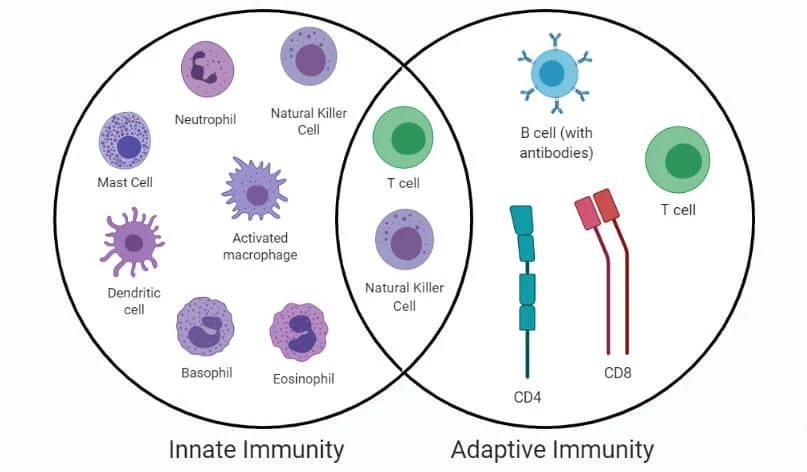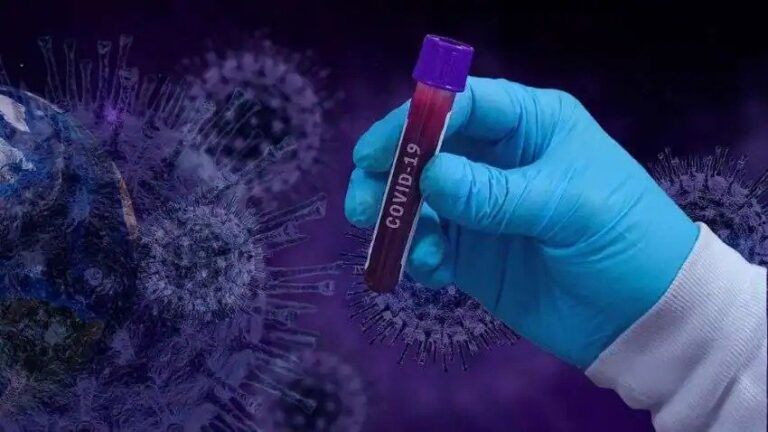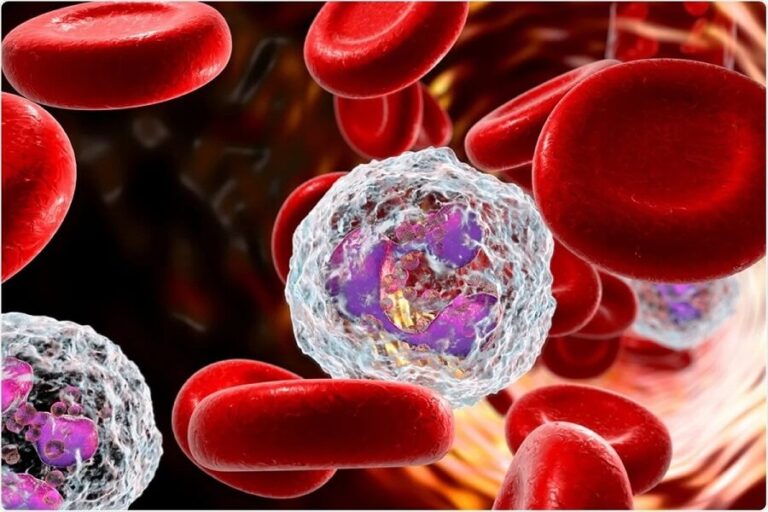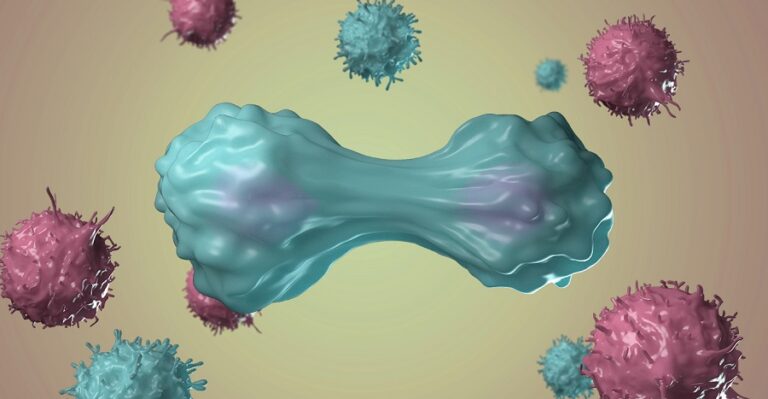Organisms must constantly protect themselves from damage caused by pathogens such as viruses and bacteria.
The immune system offers this protection through two main responses: innate and adaptive immunity.
Innate immunity is that rapid response with which an organism is born, and adaptive immunity is acquired after exposure to certain aggression.
This article briefly describes what each one consists of and what their main differences are.
What is innate immunity?
Innate immunity, also known as genetic or natural immunity cells includes molecules and mechanisms capable of responding almost immediately to the presence of microbes and damaged cells.
Innate immunity is what one is born with, it is written in the genes and offers protection for life. It is fast acting and always responds the same way – of course, depending on the specific virus or bacteria it detects.
The innate immune system encompasses physical barriers, chemical, and cellular defenses. For example the skin, eyelashes, ears, and mucous membranes. These defenses identify cellular pathogens and substances that are potentially dangerous and take the necessary steps to neutralize or destroy them.
The mechanisms of innate immunity provide an effective initial defense against a large number of infections. However, many pathogenic microbes have evolved to resist innate immunity and their elimination requires the most powerful mechanisms of adaptive immunity.
What is adaptive immunity?
Adaptive immunity is the acquired immunity of an organism to a specific pathogen.
Adaptive immunity is not immediate, and although it can last a lifetime, this does not always happen.
The adaptive immune response is mediated by the clonal expansion of T and B lymphocytes. These cells are released in many copies and are capable of generating responses to neutralize or destroy their antigen.
For example, B lymphocytes can differentiate to generate antibodies or generate memory cells. T lymphocytes can transform into specific cytotoxic cells to destroy viruses and bacteria.
Adaptive immune responses often work by enhancing the protective mechanisms of innate immunity, making them better able to effectively fight pathogenic microbes.
Differences between innate and adaptive immunity
There are numerous connections between the innate and adaptive immune systems. The innate immune response to microbes stimulates the adaptive immune response and influences the nature of adaptive responses. However, they have several differences in the level of action and detection of pathogens.
The following table summarizes the main differences between innate and adaptive immunity systems.
| Characteristics | Innate | Adaptive |
| Action time | Act immediately | Act slowly |
| Specificity | It recognizes a limited number of molecules – pathogen-associated patterns (PAMPs) and tissue damage-associated patterns. (DAMPs) | Recognizes an unlimited number of molecules – microbial and non-microbial antigens |
| Diversity of receivers | Limited, germinally coded | Enormous; receptors are produced by somatic recombination |
| Answer | It consists of 3 phases: recognition, activation, and effector. | It consists of 5 phases: recognition, activation, proliferation, differentiation into effector cells, and memory. |
| Memory | No. Faced with a second encounter with a pathogen, it reacts with the same efficiency, speed, and intensity. | Yes. Faced with a second encounter with the pathogen, it acts more efficiently, with speed and intensity. |
| Components (edit) | ||
| Chemical and cellular barriers | Skin, mucosal epithelium, antimicrobial molecules. | Lymphocytes in the epithelium, antibodies secreted by the mucosa |
| Blood proteins | Complement Phicolines Cytokines Lysozyme | Cytokine antibodies |
| Cells | Phagocytes (macrophages, neutrophils), NK cells, and innate lymphoid cells. | Lymphocytes |
Table of main differences between innate and adaptive immunity
What cells are involved in innate and adaptive immunity?
There are many types of cells involved in immunity. In the innate immune response, these include macrophages, neutrophils, eosinophils, basophils, mast cells, dendritic cells, and NK cells.
Cells involved in the adaptive immune response include B cells (or B lymphocytes) and a variety of T cells (or T lymphocytes), including helper T cells and suppressor T cells.
Natural killer T cells and gamma-delta T cells are part of the innate and adaptive immune response.







